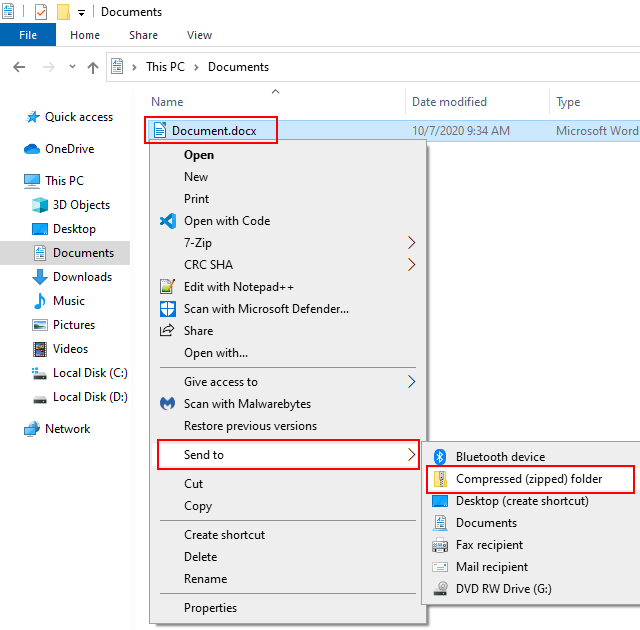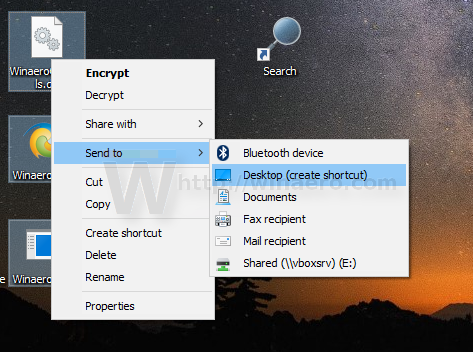


To uncompress them (or return them to their original state) drag them out of the compressed folder.Ĭompressed folders even support a password option, allowing you to use them as a place to store sensitive information. To compress files (or make them smaller) simply drag them into this folder. Your new compressed folder will have a zipper on its icon to indicate that any files contained in it are compressed. Type a name for the compressed folder and press enter. Open that folder, then select File, New, Compressed (zipped) folder. To create a compressed folder, open My Computer and locate the folder where you want to create the compressed folder (also known as an archive).


In the past, utilities such as Winzip were used for this purpose, but Windows XP has a built in compression utility that does the same job. zip file.One way to store more data when you are low on hard drive space is by using compression to make the files and folders you already have on the drive take up less space. Use the folowing command (without brackets or braces) to create a. Ensure all files necessary are inside this folder. Open Command Prompt and navigate to the folder you'd like to. Windows should automatically identify the Command Prompt app. First, open up the Windows Pane at the far left of your task bar and type "cmd". If the Windows 10 Machine you're using does not have the ability to compress a folder from the File Explorer, there are other ways around this. Method 2: Zipping a file using the Command Line (cmd) You may rename this file however you'd like, as long as the. zip file with the same name as the folder you compressed should appear. Highlight the folder you're attempting to compress and right click, find the "Send To" option within the drop down, and select the Compress Folder option.ĭepending on the number and size of the files you're compressing, you may receive a progress window.Īfter completion, a. Begin by opening File Explorer and navigating to the folder you'd like to. zip up a folder using Windows 10 is through the File Explorer App. Method 1: Zipping a file using the File Explorer Zip folders on Windows 10 Devices (including via Command Line)


 0 kommentar(er)
0 kommentar(er)
